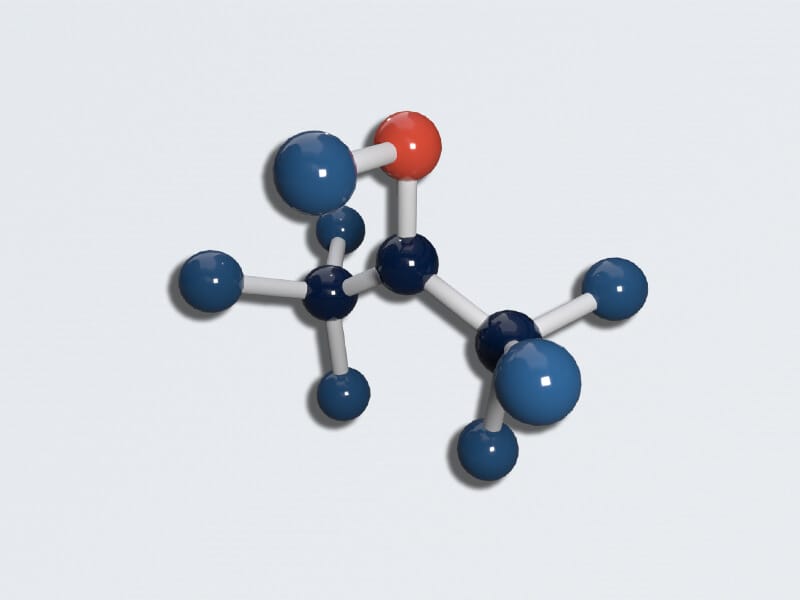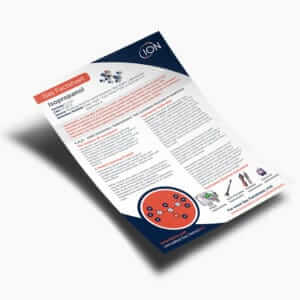
Isopropanol
Formula: C3H8O | CAS: 67-63-0
Detecting isopropanol: Or isopropyl alcohol, is a clear, colourless liquid that emits an odour that resembles acetone. It is a commercially available product mainly is found as a 70% solution in rubbing alcohol and hand sanitisers.
Detecting isopropanol to avoid general exposure
The general population may be exposed to very small amounts of isopropanol due to its use in various consumer products. Low level exposure from the correct use of these products would be not expected to cause adverse health effects.
Exposure to isopropanol may also occur in an occupational setting. However, safe limits are enforced to protect the employees; such levels are below those that are thought to cause harmful effects.
The presence of isopropanol in the environment does not always lead to exposure. In order for it to cause any adverse health effects you must come into contact with it. You may be exposed by breathing or drinking the substance, or by skin contact. Following exposure to any chemical, the adverse health effects you may encounter depend on several factors, including the amount to which you are exposed (dose), the way you are exposed, the
duration of exposure, the form of the chemical and if you were exposed to any other chemicals.
– Public Health England
The perfect medical cleaner
There’s a good reason Isopropanol rubbing alcohol is a part of most people’s first-aid kits. You can use it for the following medical purposes:
Antiseptic
Rubbing alcohol is a natural bactericidal treatment. This means it kills bacteria, but doesn’t necessarily prevent their growth. Rubbing alcohol can also kill fungus and viruses. However, it’s important a person uses a rubbing alcohol concentration of no less than a 50 percent solution. Otherwise, the solution may not effectively kill bacteria.
Postoperative nausea
An evidence review found the time to relief of postoperative nausea symptoms was 50 percent faster when smelling rubbing alcohol compared to traditional medications used to treat nausea, such as ondansetron (Zofran). Smelling rubbing alcohol can quickly help relieve nausea, usually when you smell a soaked cotton pad or ball.
Surface disinfectant
You can use alcohol as a disinfectant for items like scissors, thermometers, and other surfaces. However, alcohol isn’t always reliable enough as a hospital-grade disinfectant. It can also damage the protective coating on some items, such as plastic tiles or glasses lenses.
Gas Factsheet
Everything you need to know about detecting isopropanol
Our Gas Factsheets which is available to download below provides you with key information on the exposure limits and the locations of where potentially harmful gases can occur. We also share information on gas detection monitoring techniques and equipment that can help you manage gas detection in the workplace, for worker and site safety.

Detecting Isopropanol
Formula: C3H8O | CAS: 67-63-0
Synonyms: propan-2-ol, dimethyl carbinol, isopropanol, petrohol, 2-propanol, 2-hydroxypropane, 1-methylethanol, alcosolve, avantin, hartosol, imsol A, isohol, spectrar, takineocol, virahol, IPA
Isopropyl alcohol is the raw material for manufacture of acetone, glycerin, glycerol and isopropyl acetate. It is a solvent for many gums resins and oils, It is used in personal care and cosmetic preparations, anti-freeze formulations, and quick-drying inks.
Related Products
Download your Gas Factsheet
Click here to obtain your Gas Factsheet on Isopropanol C3H8O.








 United Kingdom
United Kingdom






